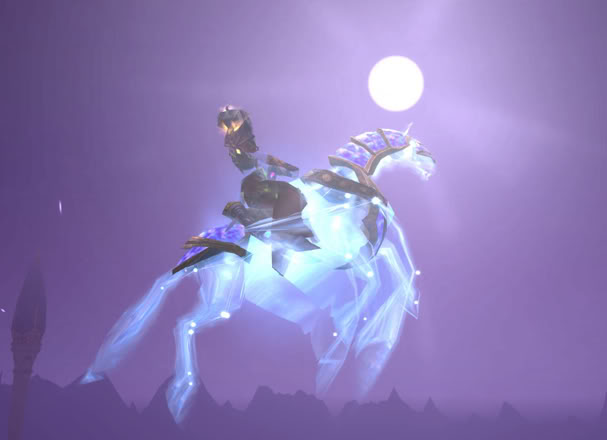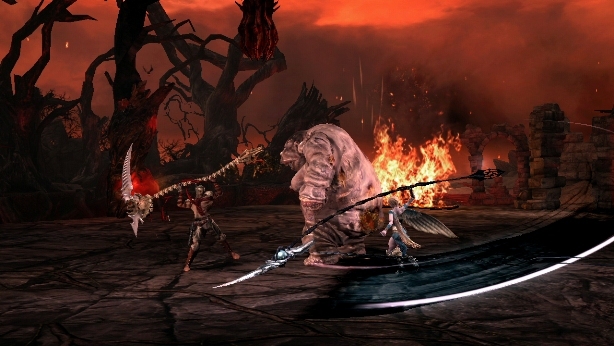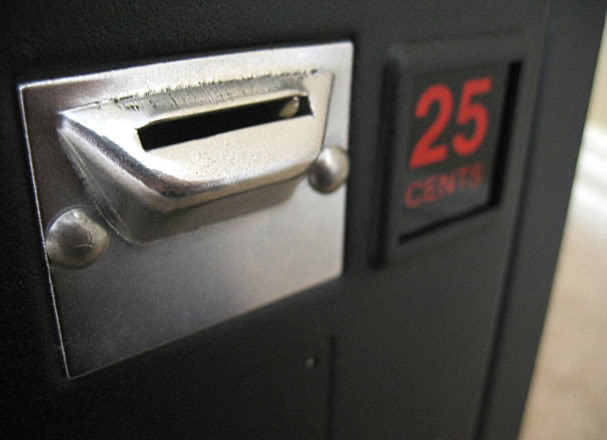This post has not been edited by the GamesBeat staff. Opinions by GamesBeat community writers do not necessarily reflect those of the staff.
Editor's note: How much are you willing to pay for convenience in games? For some cute costumes or a few extra levels? Brendon examines his own threshold for buying downloadable content and wonders whether we should take a concerted stand against DLC. -Brett

On April 15, Blizzard added the Celestial Steed to its World of Warcraft online store, setting off a firestorm of message board comments.
For $25, WoW players can now be the proud owners of a flying star pony. The Celestial Steed will be accessible to all characters, present and future, on the purchasing account until the end of the world (of Warcraft). It scales with riding ability, which has historically been a trait reserved for expensive, rare, or otherwise hard-to-get mounts. It is your Mount of Forever, provided you’re willing to cough up the cash.
A few hours after launch, the download queue stood at 100,000 and change.
For every ten people buying one, there’s at least one player complaining about it.
It feeds on the addiction of mentally unstable fans, those critics say. They contend it marks a troubling turn for Blizzard, who has been slowly introducing paid conveniences over the past few years but said it would draw the line at anything that would directly impact gameplay.
It’s also too expensive. Some critics want it but simply can’t afford it.
Everyone has a price threshold. Value is perception — what you are willing to spend is proportional to what you think you’ll get out of a product and what you can afford. Digital goods have implicitly asked this of every gamer: Is this worth it to you? A profitable majority have answered with “YES!”
My own purchase threshold for downloadable content is $10. I don’t have to think about $10. If it’s a game I like and the content will give me something new to do in it, I generally won’t hesitate.
Anything over $10 I have to think about.
Every penny counts these days. I can barely justify buying a new game, let alone indulge in cute outfits for my good buddy Dante in Dante's Inferno. A new level, though — that’s a temptation. Add in rudimentary player-creation tools — as the upcoming Trials of St. Lucia DLC promises to do — and I’m sold, as long as it’s under $10.

That’s my scale, tailored to my low income and new appreciation of value. I liked Dante’s Inferno enough that I am willing to pay for the privilege of spending more time in the game. But costumes don’t do it for me. Neither do new items, or a level that by all accounts is over in thirty minutes. But the opportunity to create challenges — that’s a value-added package I can get behind. In theory, The Trials of St. Lucia could extend my investment in Dante’s Inferno indefinitely. That’s a good deal, if the price is right.
Of course, it would have been a much better deal if Dante’s Inferno had that content from the start, or offered it as a free download — but that’s not how the games industry works anymore.
One could argue that gaming is a frivolous, expensive hobby already, and these download schemes are just taking advantage of a consumer base that is very comfortable spending money on stuff they don’t need. I think gaming enriches my life, but I’d be hard pressed to say I need it. I like it and I want it. If I have "extra" money, it will likely go towards gaming first — and no one can tell me what I shouldn’t buy, if I have the means and I want it.
Except I don’t want a two-tiered system of play in my online games. The Celestial Steed affects gameplay. It allows players who have the means and interest to avoid the minor inconvenience of spending in-game gold on a mount. Granted, gold is easy to come by, and mounts are cheap — the Celestial Steed doesn’t break the game by any stretch.
But it opens a door. Until now, none of the for-pay items or services Blizzard offered had any affect on how the game was played. A forever mount does. If you don’t like it, by all means don’t buy it — but know that more is coming.

Activision recently released a scandalously priced map pack for Modern Warfare 2. Even at a maligned $15, the pack streamed onto consoles in the millions. While the old, free multiplayer content won’t become a ghost town, the online community is now divided into the haves and the have-nots. Rather than keep everyone playing together, Activision has no qualms about leaving behind those who don’t want to pay the toll — and neither do players themselves. Because I want it and you can’t tell me no.
Gamers, as consumers, have no sense of the common good. If every Modern Warfare 2 player could agree that $15 was more than Activision should charge for a map pack and refuse to buy it, regardless of whether or not they themselves could afford it, it would tell Activision it needs to change its game plan. If no one playing World of Warcraft was willing to buy the star pony, it would force Blizzard to reconsider what the market will bear. And there is not a consumer alive who would say no to cheaper prices or free content.
But there are more than enough consumers who will say yes at whatever price they're charged. In a hobby with a steep entry fee, it appears we haven’t hit the ceiling of what we’re willing to spend on it. The question stalls on what it’s worth to to each individual player, and never reaches what it’s worth to all of us.
This is gaming now. Even though it’s moved from the arcade to the living room, we’re still popping in quarters to continue. The promise of infamous horse armor in Oblivion in has finally bore the fruit the press had predicted, and we all just took it, and will continue to take it, because if we want, and we can, then we shall have. In that equation, in this hobby, there is no room for whether or not we should.

